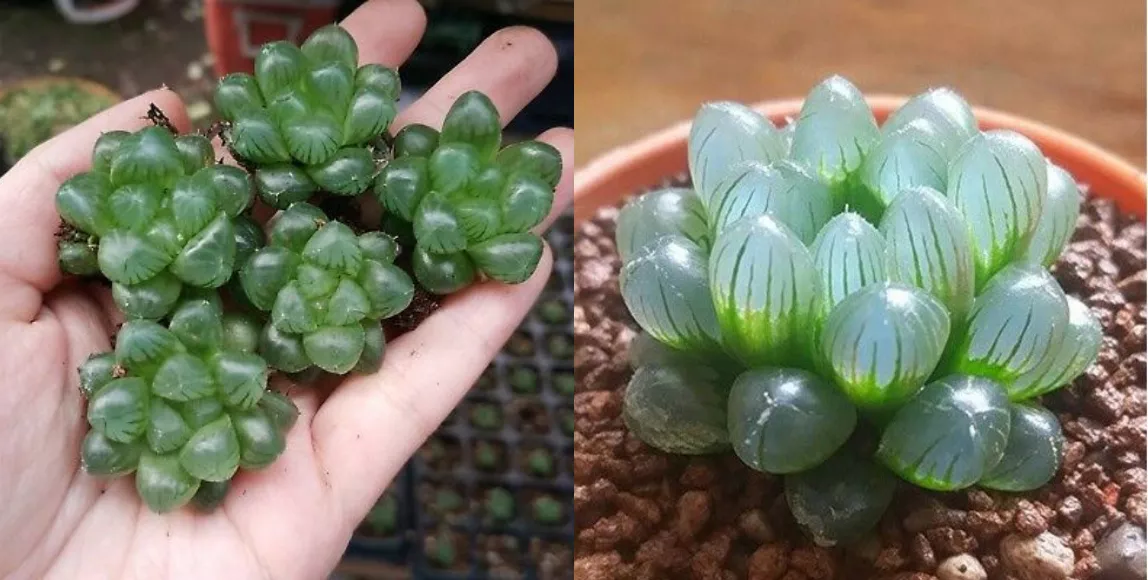Succulents have gained immense popularity among plant enthusiasts due to their captivating beauty, ease of care, and ability to thrive in various environmental conditions. However, one common issue that succulent growers encounter is the phenomenon of leggy growth. Leggy succulents refer to plants that have elongated stems and sparse foliage, often leading to a less appealing and healthy appearance. Understanding the factors contributing to legginess in succulents is crucial for maintaining their optimal growth and overall well-being. In this article, we will delve into the reasons why succulents get leggy, with a focus on etiolation.
1. Etiolation: A Natural Response to Low Light
What is Etiolation?
Etiolation is a natural survival response that many plants, including succulents, exhibit when they experience low light conditions. In an attempt to maximize light absorption and enhance their chances of survival, succulents elongate their stems to reach towards the nearest light source. This process occurs because of the plant’s need for more light to sustain photosynthesis, which is essential for energy production and growth.
Effects of Etiolation
Etiolation can significantly impact succulents’ growth and appearance. As the stem elongates, the plant may lose its compact, rosette-like shape and become spindly. Additionally, the leaves may appear more spaced out, reducing the plant’s overall aesthetic appeal. Moreover, leggy succulents are more prone to toppling over due to the increased height and reduced stability of their elongated stems.
2. Insufficient Light: A Leading Cause of Leggy Succulents
The Importance of Adequate Light
Proper lighting is crucial for succulents as they are adapted to thrive in bright, sunny environments. When grown indoors, insufficient light can trigger etiolation and lead to leggy growth. Placing succulents in poorly lit areas away from windows or using low-intensity artificial lighting can hinder their ability to photosynthesize effectively.
Preventing Legginess Due to Light
To prevent leggy growth caused by insufficient light, it is essential to place succulents in areas where they can receive at least 6-8 hours of bright, indirect sunlight daily. South-facing windows often provide ideal lighting conditions for indoor succulents. If natural light is limited, supplement it with full-spectrum grow lights designed for succulents and place them close enough to the plants to mimic the intensity of sunlight.
3. Overwatering and Leggy Succulents
The Pitfalls of Overwatering
Overwatering is a common mistake made by succulent enthusiasts. These plants have evolved to survive in arid environments with infrequent rainfall, making them highly susceptible to root rot and other issues associated with excessive moisture. Overwatering can hinder root development, leading to weakened plants that exhibit leggy growth.
Addressing Overwatering
To avoid legginess due to overwatering, practice a well-regulated watering routine. Allow the soil to dry out completely between waterings, and ensure the pot has adequate drainage to prevent water from pooling at the roots. Moreover, it is crucial to choose a well-draining potting mix specifically formulated for succulents, as this can help maintain proper soil moisture levels.
4. Container Size and Legginess
Choosing the Right Container
Container size plays a vital role in the health and growth of succulents. When plants are confined to small pots, their root systems may become overcrowded and restricted. As a result, the succulents may invest more energy into vertical growth to seek out additional space and resources.
Ideal Container Size
For young succulents, it is best to start them in smaller pots and repot them as they grow. A suitable-sized pot should allow enough space for the plant to grow without being excessively large. Repotting into a slightly larger container every year or two can encourage healthier growth and prevent legginess associated with root congestion.
5. Temperature and Leggy Succulents
Temperature Tolerance of Succulents
Succulents generally prefer warm temperatures and are adapted to withstand high heat and arid climates. When subjected to lower temperatures, particularly during the colder months, succulents may exhibit slower growth, elongated stems, and legginess.
Maintaining Optimal Temperatures
To prevent leggy growth caused by unfavorable temperatures, it is essential to monitor the environment in which succulents are kept. Avoid placing them in drafty areas or near air conditioning units, as sudden drops in temperature can stress the plants. If growing succulents outdoors, bring them indoors or provide adequate protection during colder months.
6. Pruning Leggy Succulents
The Importance of Pruning
Pruning is a valuable technique for maintaining the health and appearance of succulents. Regularly removing leggy growth can encourage new, more compact growth and rejuvenate the overall appearance of the plant.
Pruning Guidelines
When pruning leggy succulents, use clean, sharp scissors or pruning shears to avoid damaging the plant. Cut back the elongated stems just above a node or joint, as this is where new growth will emerge. After pruning, allow the cuttings to callus for a day or two before planting them in well-draining soil to propagate new succulents.
Conclusion
Understanding why succulents get leggy and the factors contributing to this phenomenon is essential for successful succulent care. Etiolation, caused by insufficient light, is a natural response that leads to leggy growth. Overwatering, improper container size, temperature fluctuations, and lack of pruning are also significant factors influencing legginess in succulents. By providing adequate light, using well-draining soil, and practicing proper watering and pruning techniques, succulent enthusiasts can prevent leggy growth and enjoy healthy, vibrant plants with their characteristic charm and allure.


